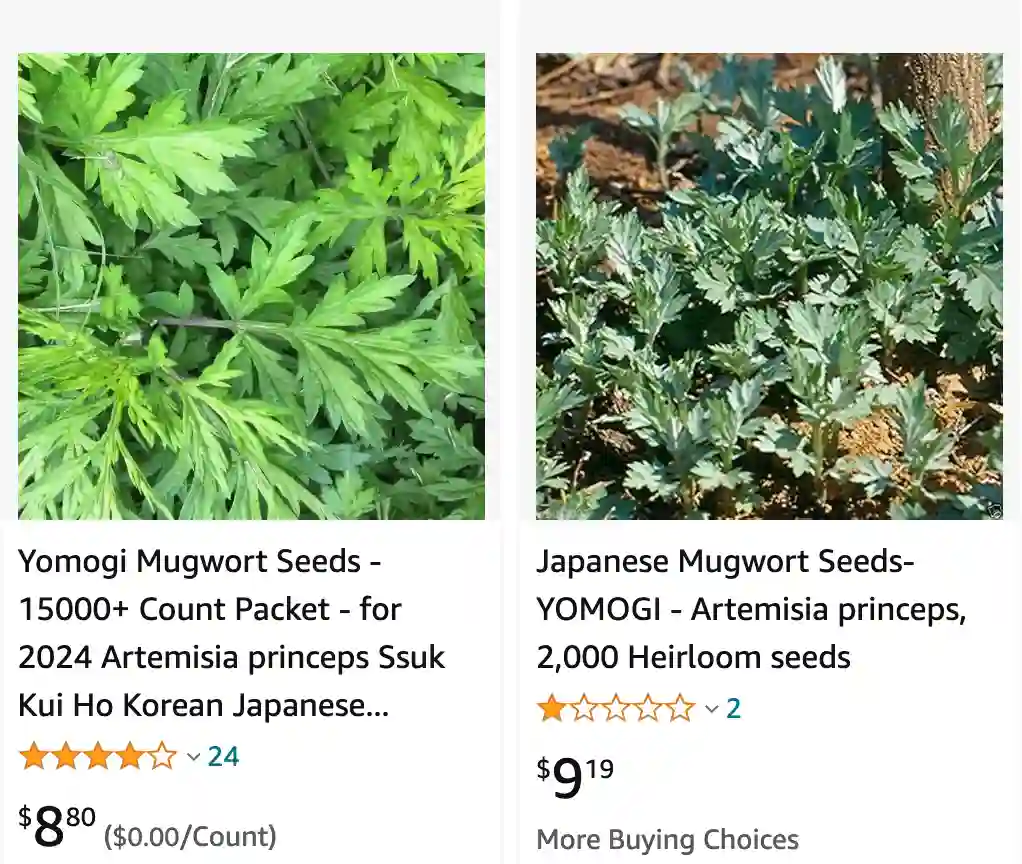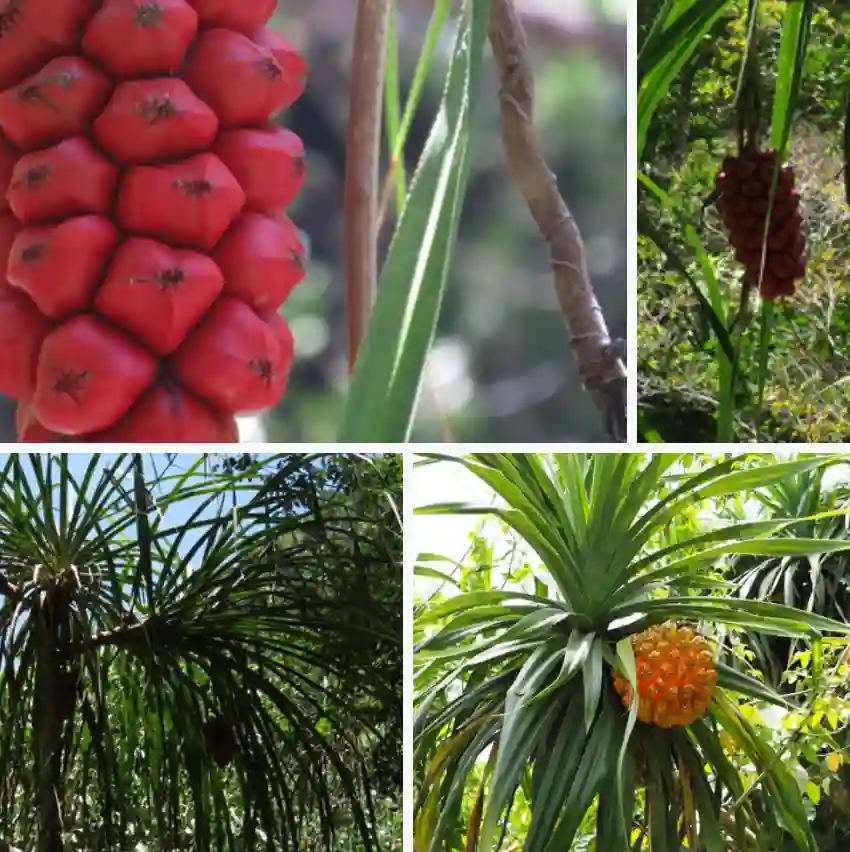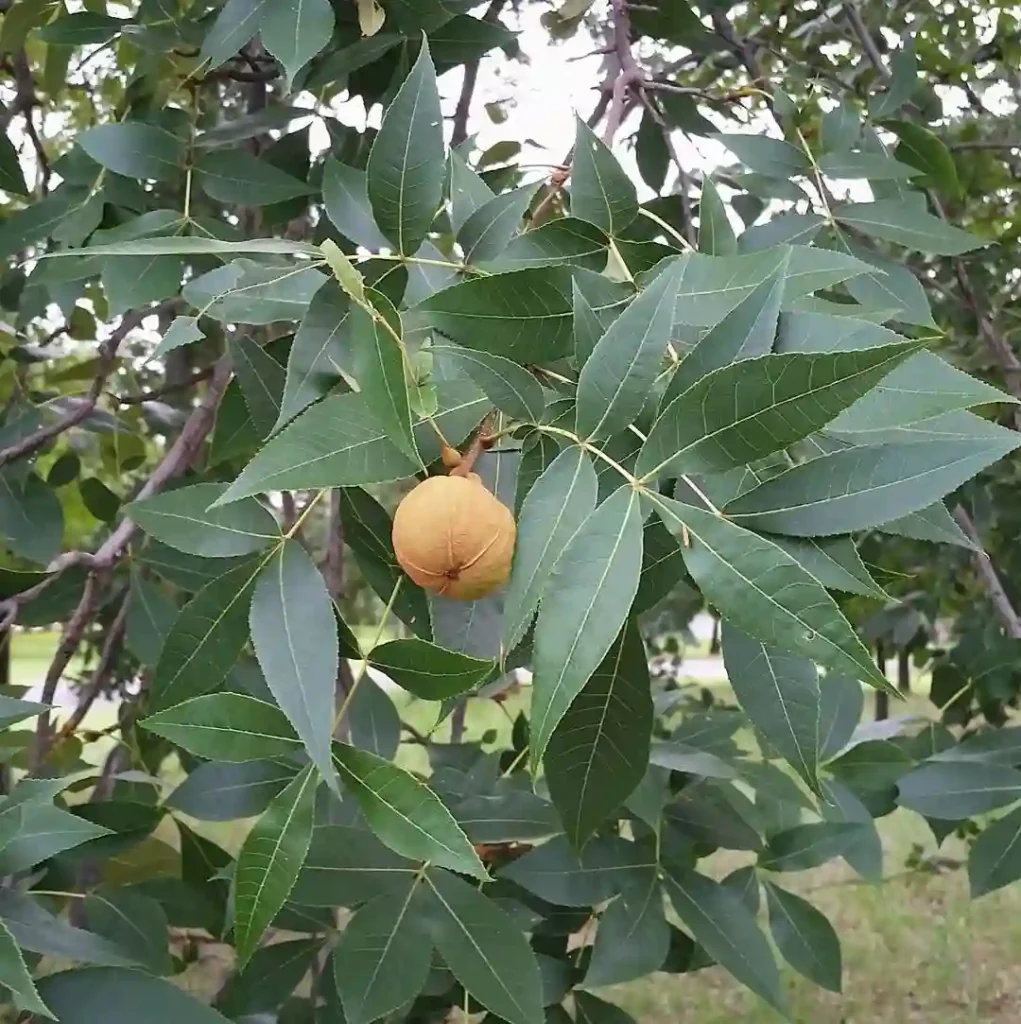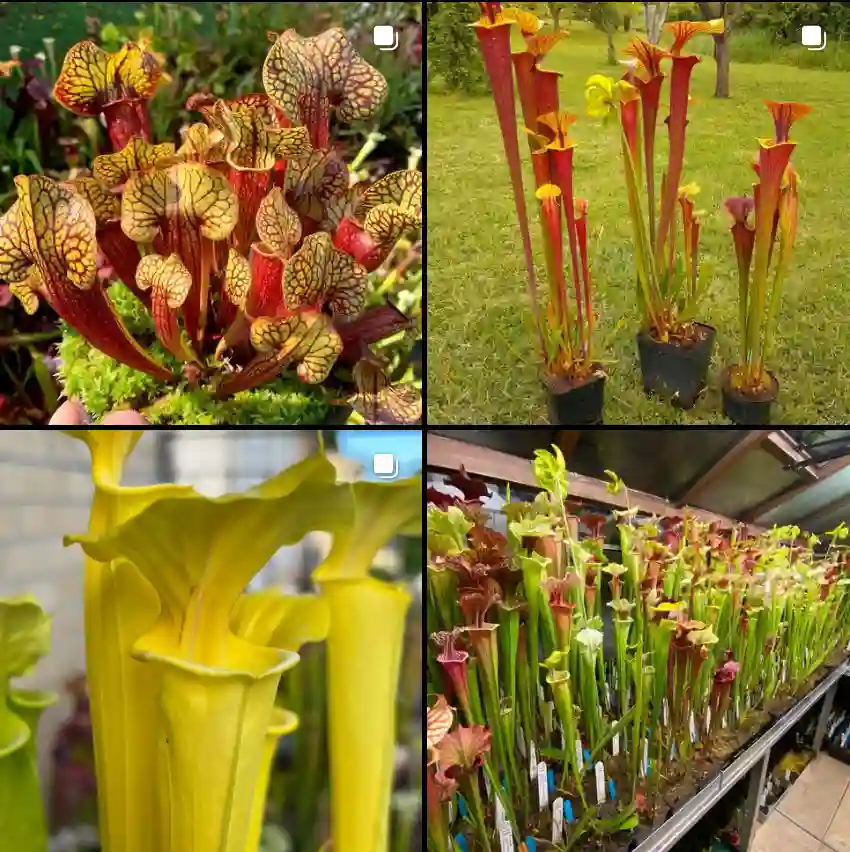
Frequently Asked Questions About Artemisia Princeps: A Gardener’s Guide
Hi there, Ferb Vu here! As a plant enthusiast, I’ve been fascinated by Artemisia princeps, also known as Japanese mugwort or Korean wormwood. This versatile herb offers a unique combination of beauty and utility in the garden.
Today, I’m answering some of the most common questions about Artemisia princeps to help you decide if it’s the right addition to your green haven.
508 Species in Genus Artemisia
What is Artemisia Princeps?
Artemisia princeps is a perennial herb belonging to the sunflower family (Asteraceae). It’s native to East Asia, specifically China, Japan, and Korea. This vigorous plant typically reaches heights of around 1.2 meters (4 feet) and boasts ferny, silvery-green foliage.
During the summer months, Artemisia princeps produces small, yellow flower clusters that add a subtle touch of color to the garden. The leaves possess a distinctive, slightly bitter aroma reminiscent of sagebrush.
Artemisia Princeps vs Artemisia Vulgaris
I find Artemisia Princeps to have a more robust aroma and a slightly sweeter taste compared to Artemisia Vulgaris, which has a more bitter and pungent flavor that can be overpowering in dishes.
How to Care for Artemisia Princeps?
Artemisia princeps is a relatively low-maintenance plant, making it ideal for beginner gardeners. Here’s what you need to know:
- Light: This sun-loving herb thrives in locations receiving at least 6-8 hours of direct sunlight daily.
- Soil: Artemisia princeps prefers well-drained soil. Sandy loam or a mix with added grit works well. It tolerates a wide range of soil pH levels.
- Watering: Water moderately during the first growing season, allowing the soil to dry slightly between waterings. Once established, Artemisia princeps is quite drought tolerant.
- Fertilizing: Fertilization isn’t strictly necessary, but a light application of a balanced fertilizer in early spring can promote healthy growth.
- Pruning: To maintain a bushy appearance and encourage new growth, prune lightly throughout the growing season. You can also give the plant a harder prune in late fall or early spring to control its size.
- Pests and Diseases: Artemisia princeps is generally resistant to most pests and diseases. However, keep an eye out for common garden pests like aphids or slugs, which can be controlled with organic methods like insecticidal soap or neem oil.
How to Propagate Artemisia Princeps?
There are two main ways to propagate Artemisia princeps:
- Division: This is the simplest method. In early spring or fall, carefully dig up a mature plant and divide it into sections, each with healthy roots and shoots. Replant the divisions in their new locations and water well.
- Stem Cuttings: Take stem cuttings in early summer from healthy, non-flowering stems. Remove the lower leaves and dip the cut ends in rooting hormone before planting them in a pot filled with a well-draining potting mix. Keep the soil moist and provide indirect sunlight until roots develop.
What to Plant with Artemisia Princeps?
Artemisia princeps’ silvery foliage adds a beautiful contrast to a variety of plants. Here are some ideas for companion plants:
- Perennials: Salvia, lavender, ornamental grasses like Miscanthus sinensis, and daylilies are all excellent choices.
- Annuals: Cosmos, marigolds, and zinnias create a vibrant display alongside Artemisia princeps.
- Vegetables: Tomatoes, peppers, and eggplants can also benefit from having Artemisia princeps as a companion plant, as its strong scent may deter some pests.
Designing with Artemisia Princeps: This versatile herb can be used in various garden settings. Plant it in borders, rock gardens, or even containers. Its upright form adds a touch of structure, while the silvery foliage creates a calming, moonlit effect.
Additional Tips
- Harvesting: You can harvest the leaves of Artemisia princeps throughout the growing season. Simply cut the stems you need and dry them in a cool, well-ventilated area for later use.
- Winter Care: Artemisia princeps is cold hardy down to USDA zone 4. In colder climates, mulch the base of the plant with straw or leaves in late fall to protect the roots from harsh winter temperatures.
By following these simple tips, you can enjoy the beauty and benefits of Artemisia princeps in your garden for years to come.
Remember: Always consult a local nursery or gardening expert if you have any specific questions about growing Artemisia princeps in your climate and conditions.
If i die, water my plants!



